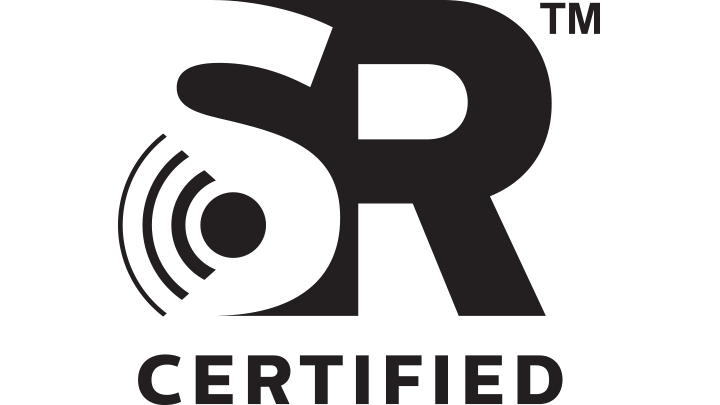LED lighting has been one of the fastest technology shifts in the world, racing from a virtually non-existent market share in 2010 to a predicted 64 percent by 2020. These low-voltage, semiconductor devices are easily combined with sensors and microprocessors, which are the building blocks of the Internet of Things. Will LED lighting become the new cutting edge, and how can end-users future-proof their investments?
What does lighting mean for a connected future?
LED lighting can support and connect the sensors, radios and IoT technologies that power our cities, buildings, stores and homes. Every connected light point – from a streetlight to an office ceiling light – can send and receive data from the Internet of Things, which generates the insights we need to run a smarter world. When LED lighting is installed on a city-wide scale it becomes a Sensor Ready (SR) interface, which Duine predicts will provide a ‘first mover advantage.’ The SR interface is like a fabric of radio communication that supports all kinds of different sensors, interpreting their data on a unified dashboard.
What is interoperability and why does it matter?
For any technology to be useful to a smart system, it must be interoperable. It needs to be able to exchange its information with other systems. The huge advantage of LED lighting in this context, is that it is easy to connect to the cloud or to the internet, making it a great potential integration point for all future technologies. A city of 5 million citizens has approximately 200,000 streetlights. If their bulbs are switched to LED lighting, that city can create a fabric of connectivity that can optimize transport systems, manage air quality, track assets, monitor safety and improve lighting use.
What’s the future of LED and the SR interface?
The 5th Generation of cellular technology is coming, which will shift the focus of wireless networks from humans and smartphones to things. The SR interface predicts the importance of a foundation for all of this technology. To that end, we are working with several partner companies to develop sensor applications based on the SR interface, which integrate with the SR Xitanium driver from Philips. Through the operational data it collects, the Xitanium SR LED driver offers end-users – from businesses to governments – a simple and cost-effective way to step into the connected world.
To learn more about the future of LED technology and its cutting-edge IoT applications, click here: https://www.lighting.philips.co.uk/oem-emea





